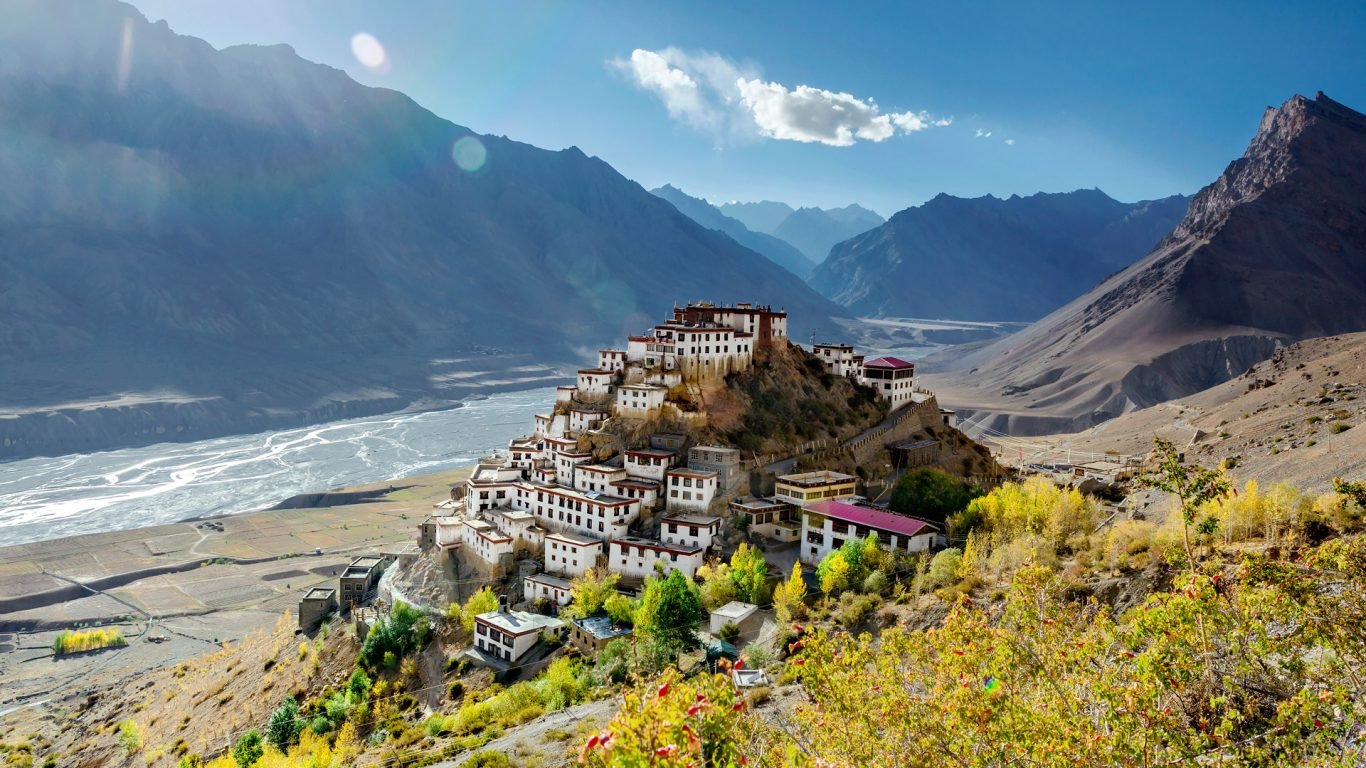Spiti (pronounced as Piti in Bhoti language) is a high-altitude region of the Himalayas, located in the north-eastern part of the northern Indian state of Himachal Pradesh. The name “Spiti” means “The middle land”, i.e. the land between Tibet and India. Spiti incorporates mainly the valley of the Spiti River, and the valleys of several rivers that feed into the Spiti River. Some of the prominent side-valleys in Spiti are the Pin valley and the Lingti valley. Spiti is bordered on the east by Tibet, on the north by Ladakh, on the west and southwest by Lahaul, on the south by Kullu, and on the southeast by Kinnaur. Spiti has a cold desert environment. The valley and its surrounding regions are among the least populated regions of India. The Bhoti-speaking local population follows Tibetan Buddhism.
Traditionally, agriculture was for subsistence, but has shifted to cash crops in the past few decades. Spiti is a popular destination for photography, homestay tourism, and adventure tourism of various kinds, including winter sports.
The name “Spiti” is derived from “Piti”, which means “the middle land” as the valley is surrounded on all sides by mountain ranges that separate it from former empires. These include Ladakh to the north, Tibet to the east, Bushahr to the south and Kullu to the west.
Some believe that the name Piti is a contraction of Ashwapati, a legendary ruler of Pin Valley in the time of the Mahabharata. Ashwapati means “lord of horses” and Pin Valley was famous for its horse breeds. Others attribute the name to a Tibetan dacoit named Spiti Thakur. Based in Spiti valley, the Thakur gangs raided the upper parts of Kullu, before the Sen kings established their rule.





